How to buy a sofa that won't just last a few years, but a few generations
Well-made sofas aren’t only supremely comfortable. They also have the capacity to last for several generations, says Giles Kime.
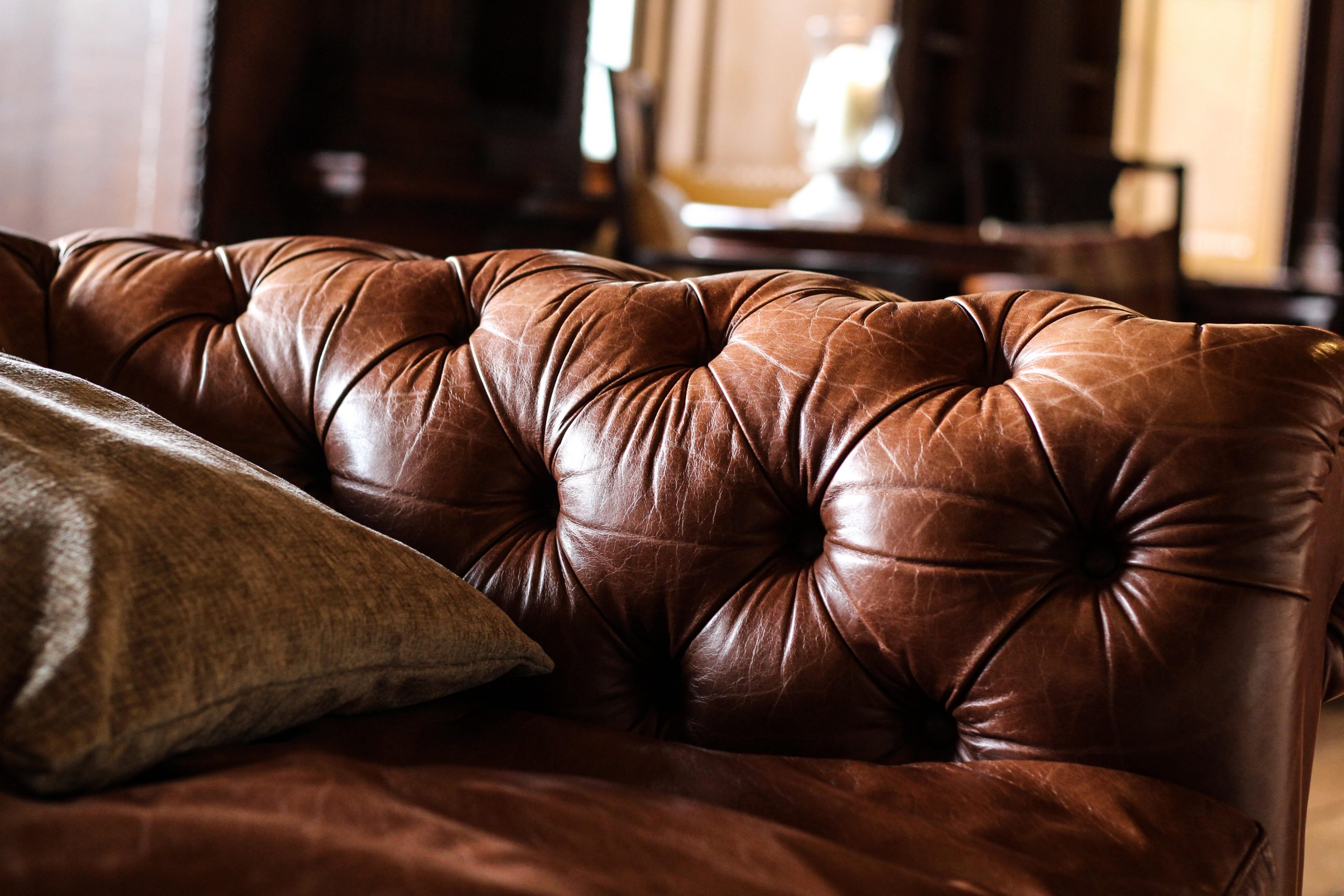

In the National Portrait Gallery, there is a picture painted by James Tissot in 1870 of the army intelligence officer Captain Frederick Burnaby, airily waving a fag as he lounges languidly on a sofa. Burnaby was famous for his physical prowess (he is supposed to have carried a pony under one arm) and given that he was 6ft 4in and 20 stone, he looks remarkably comfortable on a modestly proportioned sofa.
It’s hard to imagine a latter-day Frederick Burnaby looking similarly languorous on a modern sofa, so many of which tend to be a triumph of style over comfort.
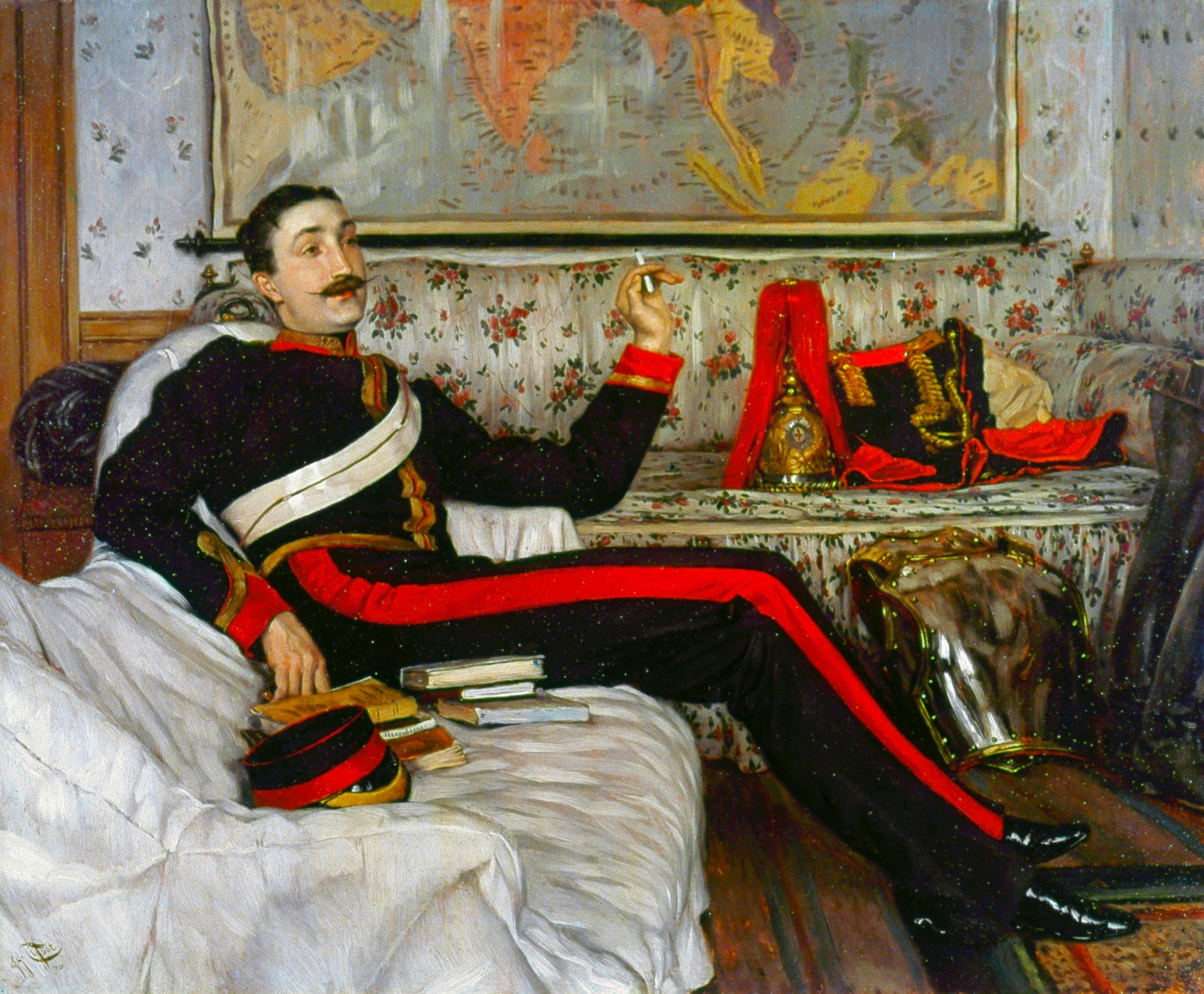
Anyone who has ever succumbed to the cosseting embrace of a duck and down-stuffed Victorian sofa will be aware that traditionally made upholstery is supernaturally comfortable. The vast amount of Victorian upholstered furniture still being used on a daily basis (notably those made by Howard, which regularly pop up at auction) bears testament to the fact that a well-made sofa can have considerable staying power. The sofa on which I spend many of my evenings was acquired by my great-grandfather in about 1900. What is more impressive is the fact that he bought it second-hand.
When I was asked to chair a webinar with the title The Beauty’s In The Detail: Upholstery In The Hands Of Interior Designers at this year’s virtual incarnation of Decorex, I assumed that the focus would be on their appearance. In fact, the panellists, Tara Craig, Bunny Turner and Joanna Plant, were more interested in the inside of upholstered furniture than the outsides, in particular craftsmanship, construction, natural materials and, of course, the infinite possibilities of bespoke.
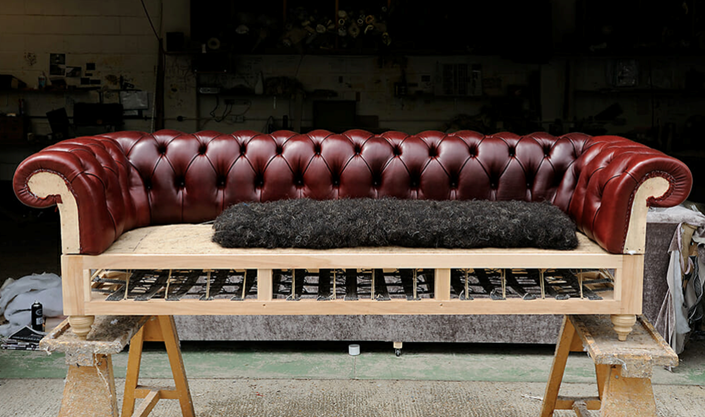
Interior designer Miss Craig has an intimate understanding of all four, having launched Ensemblier (www.ensemblierlondon.com), which makes headboards, sofas and chairs with the potential to pretty much last forever, with ingredients including horsehair, linen and hessian webbing and beech frames. As can all traditionally made furniture, they can also be easily and effectively restored.
Her fellow panellists also agreed that making a bespoke sofa or armchair offered the opportunity to create something that is not only unique, but will also last for a few generations.
The costs? Inevitably, they aren’t cheap — you won’t get much change out of £10,000. But over a century or two, that seems like a bargain.
Sign up for the Country Life Newsletter
Exquisite houses, the beauty of Nature, and how to get the most from your life, straight to your inbox.
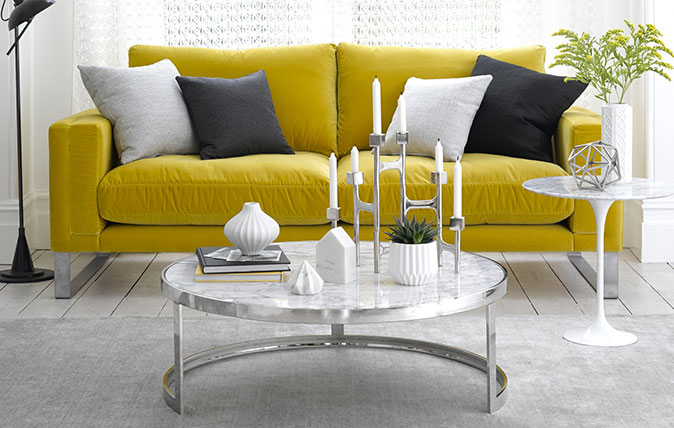
12 beautiful sofas to fit any living space, from classic to contemporary
Are you sitting comfortably? And stylishly? Then we'll begin.
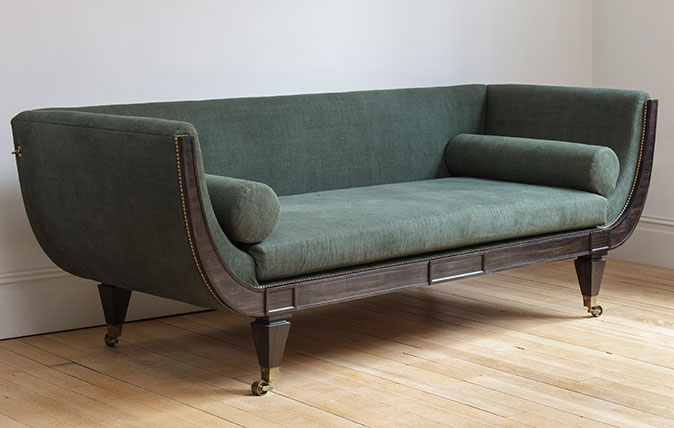
10 sofas, armchairs and stools that will still look good in decades – not just months
These lovely pieces of furniture chosen by Amelia Thorpe demonstrate that buying new doesn't have to mean sacrificing classic quality.
-
 Vertigo at Victoria Falls, a sunset surrounded by lions and swimming in the Nile: A journey from Cape Town to Cairo
Vertigo at Victoria Falls, a sunset surrounded by lions and swimming in the Nile: A journey from Cape Town to CairoWhy do we travel and who inspires us to do so? Chris Wallace went in search of answers on his own epic journey the length of Africa.
By Christopher Wallace
-
 A gorgeous Scottish cottage with contemporary interiors on the bonny banks of the River Tay
A gorgeous Scottish cottage with contemporary interiors on the bonny banks of the River TayCarnliath on the edge of Strathtay is a delightful family home set in sensational scenery.
By James Fisher